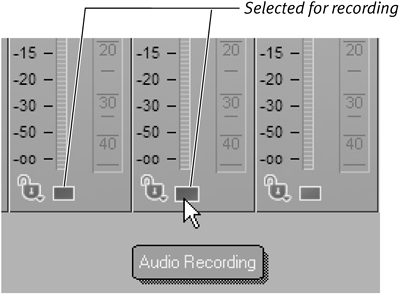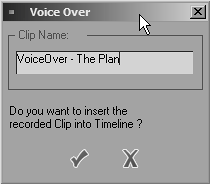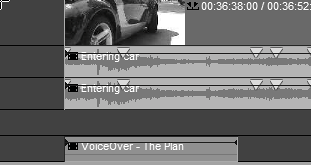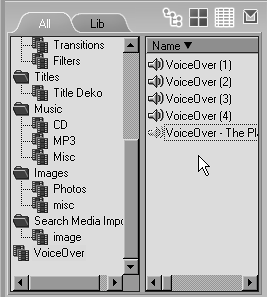Voice-Over
| A voice-over is a standard part of any professional video project. Its inclusion often separates an amateur project from a polished one, but only if it is done correctly. Liquid Edition has the ability to record a voice-over directly to the Timeline using a standard microphone linked to the computer's sound card. To create a voice-over
|
EAN: 2147483647
Pages: 245
- ERP Systems Impact on Organizations
- Context Management of ERP Processes in Virtual Communities
- Data Mining for Business Process Reengineering
- Healthcare Information: From Administrative to Practice Databases
- Relevance and Micro-Relevance for the Professional as Determinants of IT-Diffusion and IT-Use in Healthcare



 Tips
Tips